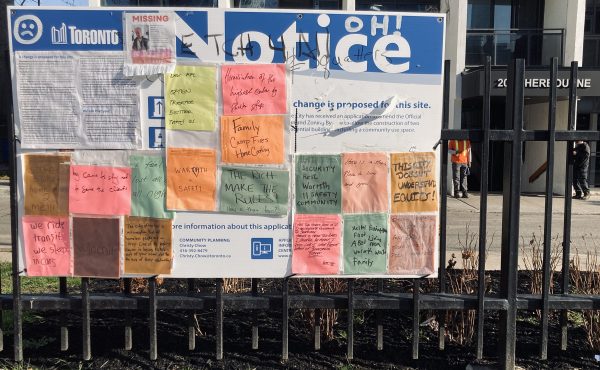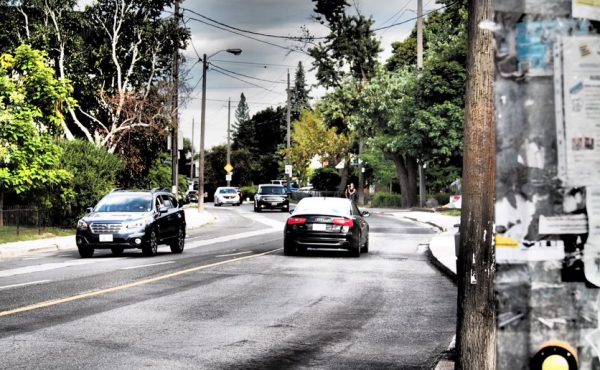The new report from Toronto Public Health, The Walkable City: Neighbourhood Design and Preferences, Travel Choices and Health (PDF), provides a crucial statistic that has been missing from many previous reports on people’s travel modes to work: how many people walk or bike part of the way to work through getting to their transit stop.
It turns out it’s almost a third of commuters – 31%. Here’s the table listing travel modes (p.28) (consult the report for the survey methodology):
Unfortunately they don’t break the number up between walking and cycling, but I think, given the minimal amount of bike parking available at most transit stops, the fact bikes can’t travel on rail transit during rush hour, and that there’s only two bike carrying racks on buses, it’s safe to assume most of that is walking. (Which also highlights the need for the TTC to make it easier to bike to transit).
So, if you add the number of people who just walk to work and the number that walk to a transit stop, probably over 40% of people in Toronto walk as part of their daily commute.
This also means that walking to work is not just for downtown — all throughout Toronto’s suburban areas, people walk to their transit stop to get to work. In some cases these walks are probably just as long as the ones downtowners do to their workplace itself.
That makes walking possibly the commuting mode used by the largest number of people across the entire City of Toronto. Total drivers (including driving to transit) is 40.2%. Total transit is 38.9%. We can’t be precise about walking, but it’s somewhere around the same level.
People walking to and from transit — which, as the report points out, can easily be as much as 30 minutes of walking a day — has been a factor consistently neglected by both the TTC, which often seems to assume people appear at their stations and stops via teleportation, and the City, which until the last few years treated walking as marginal — and still funds it that way.
Now that we know these numbers, it’s time for the TTC to start contributing to improving walking in Toronto, and for the City to include walking at the centre of its transportation planning.
Apologies for the double-posting about this Toronto Public Health report, but I wanted to highlight this issue individually.






One comment
Driving alone is high, not surprisingly, 320 of the 1133 drive alone. Im guilty of driving alone but usually am alone when I drop off someone ie. airport, I use Zipcar and book accordingly to grocery/costco shopping and have multiple people in the car.